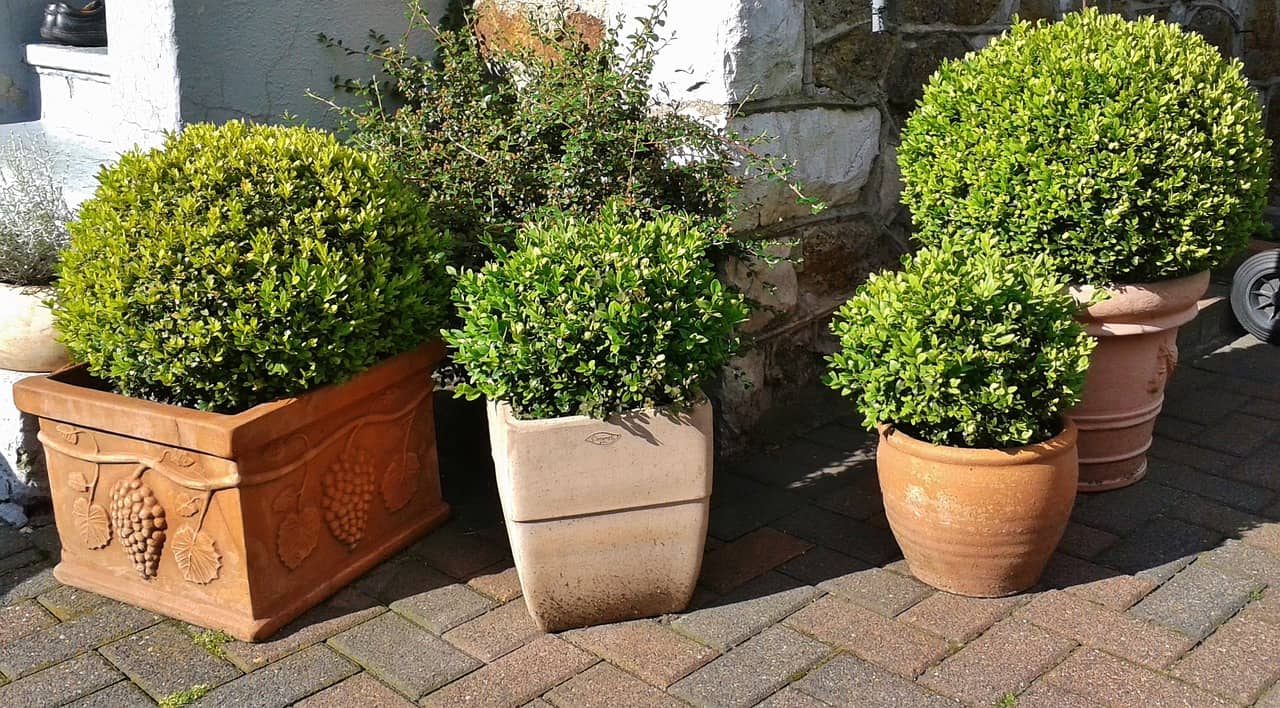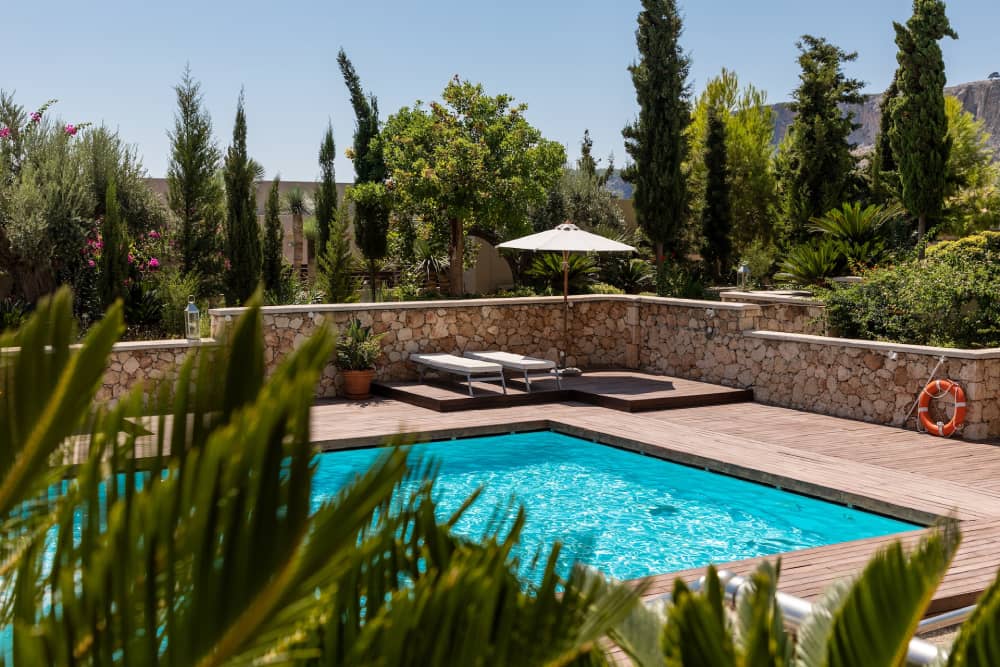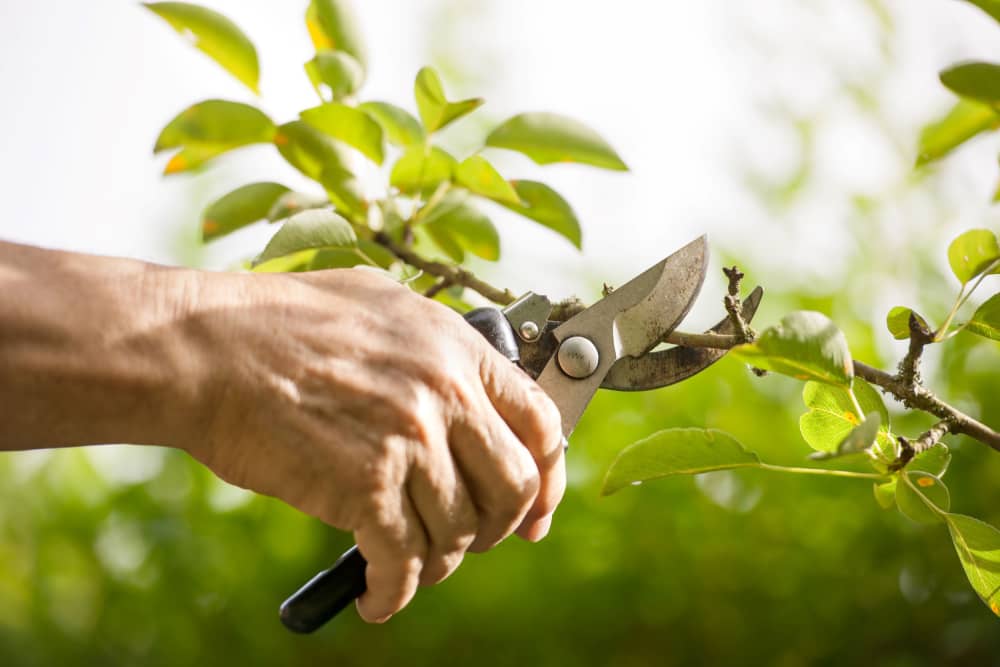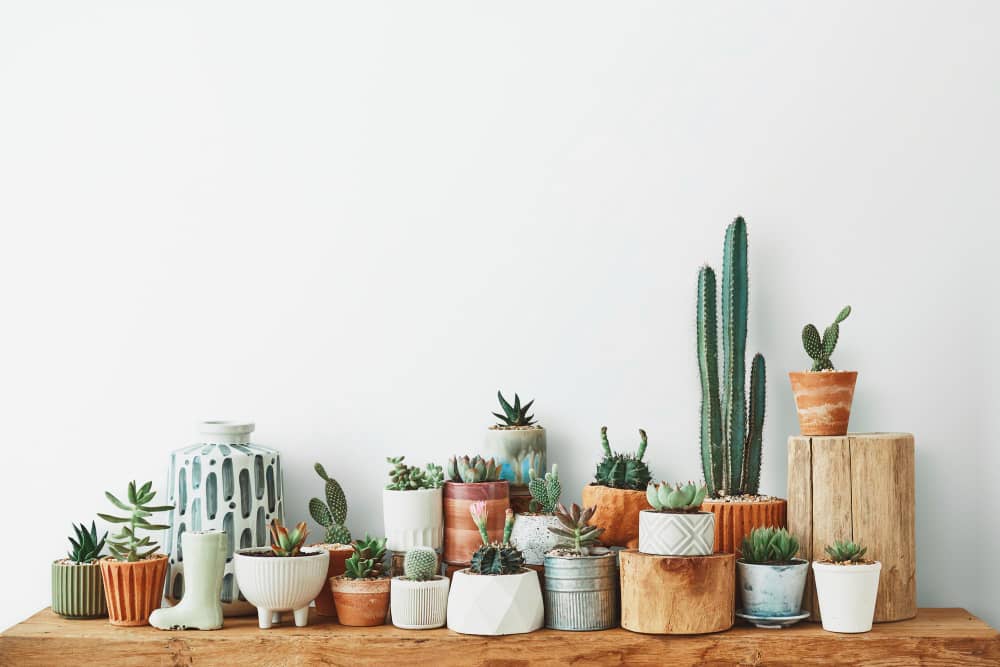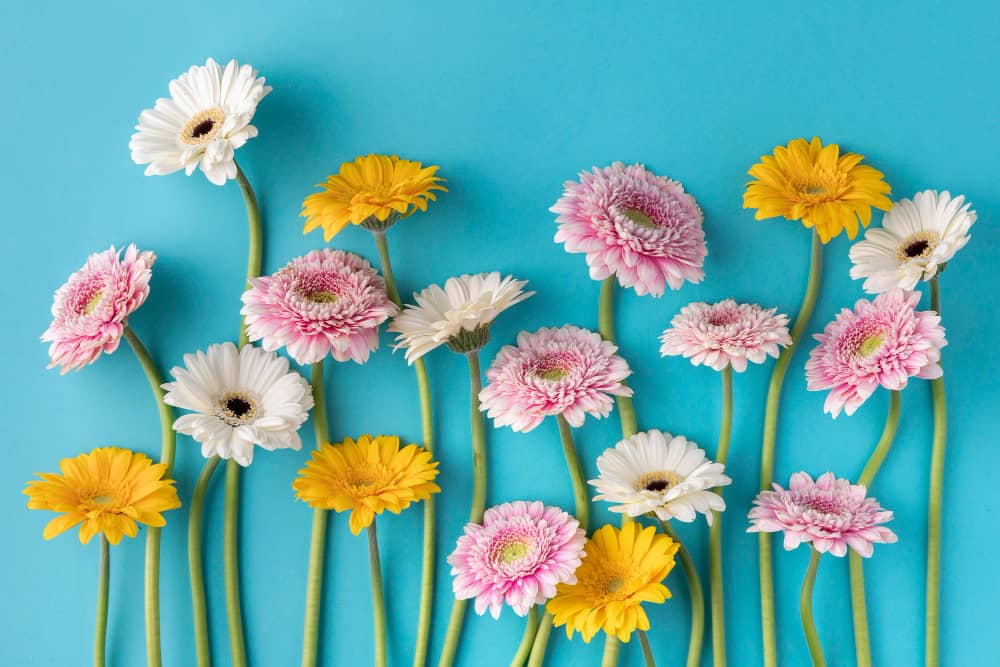Container gardening is a super-manner for creating a color splash in a shady area or tackling bad land in your yard. Barbara Wise, a container gardening writer for All Seasons, said that many plants grow in containers. The most important thing is good drainage. Make sure you have a hole on the pot floor, so the plant doesn’t drown. Also, read the tags or speak with the nursery and learn which plants do well in your specific states, such as sun or full shade.
Because your outdoor plants will need more water than your inner colleagues, be smart about the location. For remote locations, choose plants that are tolerant, such as runes. If you have some thirsty plants in the mix, place them closest to the water source. To determine how often to irrigate, check your container’s soil moisture every day for the first week after planting.
Regarding design, we all know the container garden that says: Select Thriller, Filler, and Spiller. But to remember, here are some more guide ideas.
Choose a palette that works with the house’s color and stick it to all your containers.
Mix different textures, shapes, and colors to increase visual interest. For example, choose various flowers and leaves shaped—many rounds, some trumpet form, some toothed.
Also, groups of different sizes, shapes, and complementary styles.
It’s okay to have only one plant per container, but instead, choose a simple pot and apply the spotlight to the plant’s specific leaves. Want to show off a cool container? Pair with a planar species. Check out our vegetable container garden ideas if you want to get into some edible components.
Container Garden Ideas for Your Potted Garden Oasis:
Geranium
A classic for front porch containers, this cheerful plant will bloom in spring until summer, when the blooms and spent fertilizer stop. Even though they prefer full sunlight, they appreciate afternoon shade in intense heat. Learn to conquer heavy geraniums.
Iris
Yes, you can grow Irises in a container, says Melissa Lalo Johnson, a master gardener based in the Midwest, growing 23 varieties across her extensive estate, which she shared on Instagram at @fancyflowerfarmer. What I like the most about iris is the wonderful green leaves with a beautiful blue color throughout the rest of the season and early winter, after the event is complete, he said. When they finally started to turn brown, I cut the chocolate and cut it to a point. Usually, stop the gray and hold them on the right image.
Hibiscus
This tropical bloom room makes an interesting accent in a grouping of containers, especially when you have stuff in braids. As long as you protect it from the cold, it lasts a long time. Johnson said I stay in a room over the winter. After a $5 plant now seven years old, there’s the beauty of the chaos of thick stems.
Caladium
The heart-thin leaf from this tropical plant will be carried in a container down the middle. Add a shady spot impatiently, but take note: Keep stadia away from pets, especially those who like to chew on plants. Caladium contains insoluble calcium oxalate, which is poisonous when consumed.
Sweet Potato Vine
Sparkling Lime Dune purple with a deep variegated variety; sweet potato vines can add welcome color to your container. One of my favorite splurges, Johnson said. Big colors, big leaves, big impact.
Basil
When you apply basil in your container garden, you’ll always have fresh leaves for culinary endeavors, which will help keep mosquitoes at bay. Johnson uses basil as a filler factory in his containers, allowing them to grow. He said that the flowers were very beautiful and fragrant. They are also very good in flower systems.
Lantana
With this rate, beginners will enjoy success in a container or a hanging basket. Both heat and drought-tolerant, this is a magnet of low-maintenance butterflies that bloom through the snow in late spring.
Two caveats are known: Lantana is toxic to animals if swallowed, so care for pets, horses, and animals. Also, select the sterile variety option; If not, lantana may become invasive in a warm climate.
Euphorbia
This is somewhat known to the plants but tends to be tight like nails in various conditions, including heat and drought. Called Glenn Cope, horticultural information manager at the Missouri Botanical Garden in St., its wispy leaves and abundant white flowers provide the effect of a child’s subtle breath for assorted tools.
Begonias
Begonias are versatile, sturdy, and with various leaves and flowers ranging from white to orange. Wide varieties are said to do very well in one container. That’s it, don’t let them get too wet. Plant in a hanging basket or a mix by itself. Open a double begonia variety like the aptly named Reform for extra striking blooms.
Ornamental Pepper
This shrubby little plant, called a coop, has a fun connection in its season-long color container, texture, and fruit. The small fruits are usually ripe in color, from black to red. Although most edible varieties, ornamental peppers are very hot – so keep out of reach of children and pets.
Angelonia
Angelonias that are smooth but hot tolerant, also known as summer snapdragons, don’t need to die to bloom all season. They came in pink, purple-blue, white, mauve, deep purple, and more. For attractive combination planting machines, mix with spices, suggests Kopp.







